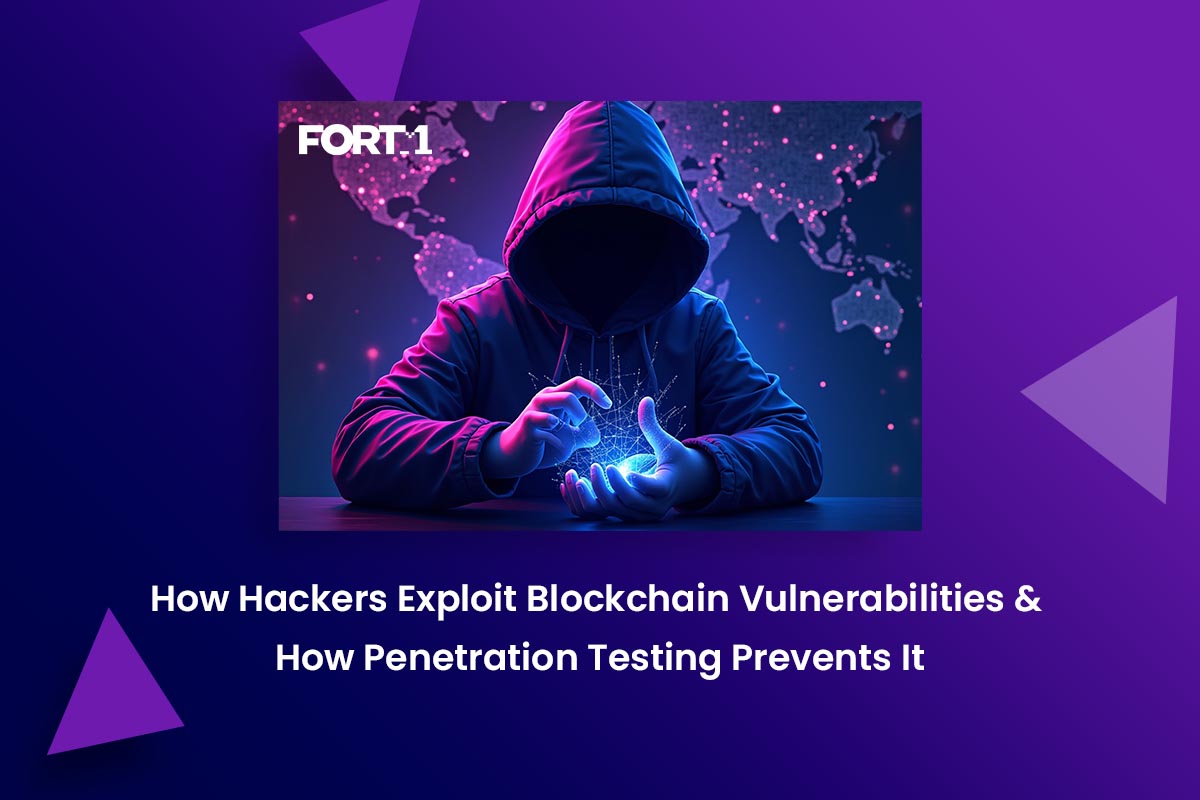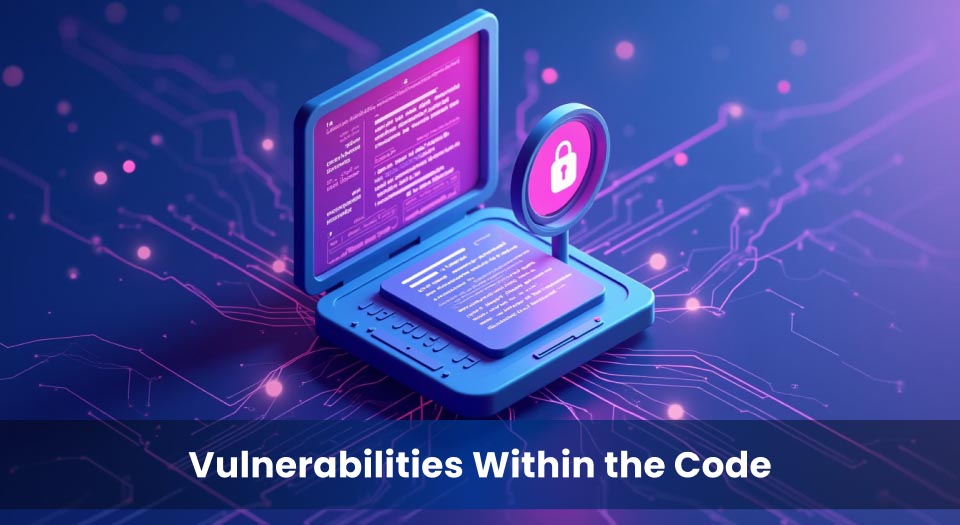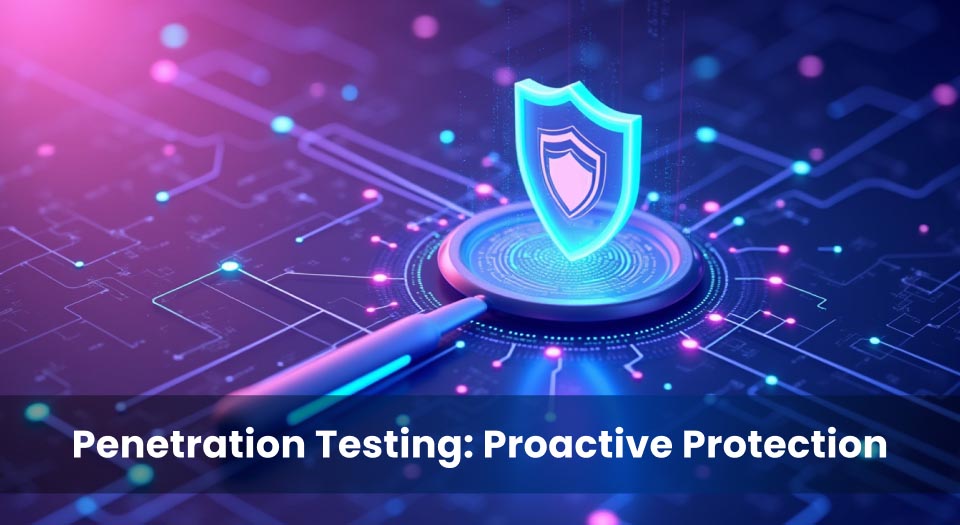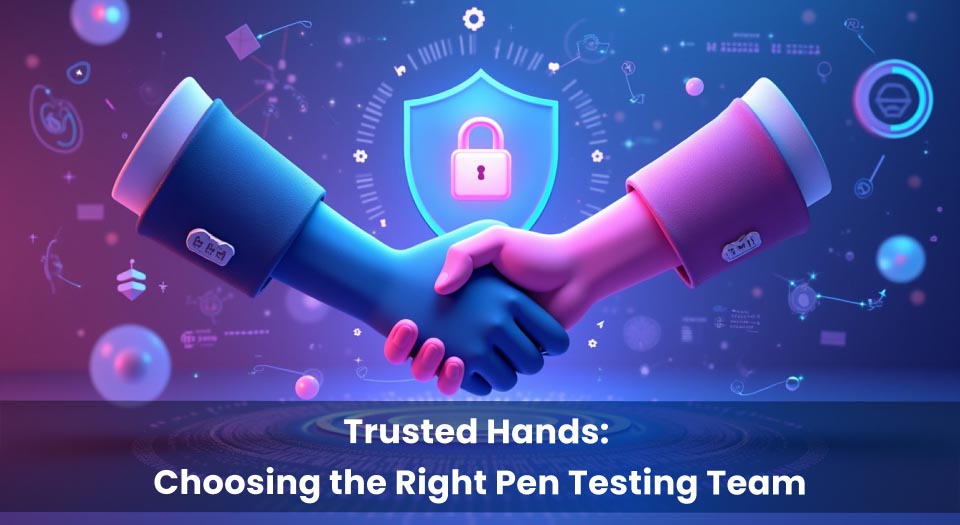




How Hackers Exploit Blockchain Vulnerabilities & How Penetration Testing Prevents It is an increasingly relevant topic as blockchain adoption continues to expand across industries such as finance, supply chain, real estate, and digital identity. Despite its decentralised structure and cryptographic security, blockchain remains susceptible to a range of sophisticated cyber threats that require proactive defence strategies.
The unique architecture of blockchain — involving distributed nodes, consensus algorithms, smart contracts, and cryptographic wallets — introduces a broad attack surface. Each component, while innovative, can become a potential vector for exploitation if not properly secured. Threat actors exploit vulnerabilities in smart contract logic, private key storage, consensus mechanisms, and decentralised application integrations to compromise blockchain networks.
Understanding how hackers exploit blockchain vulnerabilities begins with analysing the smart contract structure and common logical pitfalls.
These crypto cybersecurity threats are not theoretical; billions of dollars have been lost to successful attacks in recent years, eroding public trust in decentralised ecosystems. As a result, penetration testing has become essential for identifying exploitable weaknesses before adversaries can act.
Understanding the interplay between vulnerabilities and prevention mechanisms is the first step toward building a more resilient blockchain environment.
This article provides detailed insights into how hackers exploit blockchain vulnerabilities and what measures can prevent such threats.
| Component | Function | Common Vulnerabilities |
|---|---|---|
| Smart Contracts | Automated execution of rules and agreements | Reentrancy, integer overflow, logic flaws |
| Nodes | Maintain and validate blockchain transactions | DDoS, Sybil attacks, outdated software |
| Wallets | Store and manage private keys | Phishing, malware, insecure key handling |
| Consensus Layer | Ensures agreement across distributed network | 51% attacks, manipulation, double-spending |

The majority of blockchain breaches stem from flaws within smart contracts — self-executing pieces of code designed to automate transactions and processes without human intervention. While they offer operational efficiency and trustless execution, poorly coded smart contracts are frequently exploited by malicious actors.
Private key leakage remains another critical issue. Whether due to compromised developer environments, hardcoded credentials, or poorly secured wallets, leaked keys give full access to blockchain assets. Once exposed, they are nearly impossible to recover.
Private key leakage remains another critical issue. Whether due to compromised developer environments, hardcoded credentials, or poorly secured wallets, leaked keys give full access to blockchain assets. Once exposed, they are nearly impossible to recover.
Replay attacks occur when the same transaction is maliciously executed on multiple chains. In networks that support multiple versions or forks, attackers exploit identical transaction structures unless specific protections are in place.
Consensus manipulation is a less frequent but highly damaging vector. It involves controlling a majority of validating nodes to double-spend tokens or reverse transactions, as seen in some 51% attacks.
In particular, Flash loan attacks target decentralised finance (DeFi) platforms by exploiting temporary liquidity to manipulate prices or logic in vulnerable contracts.
🔗 Reference: Consensys – Smart Contract Security — outlines how vulnerabilities emerge and how smart contract auditing mitigates risk.
| Vulnerability | Description | Real-world Example | Risk Level |
|---|---|---|---|
| Smart Contract Flaws | Logic errors and unchecked function calls | DAO Hack (2016) | Critical |
| Private Key Leakage | Exposure of cryptographic keys | bZx Hack (2020) | High |
| Replay Attacks | Reused transactions across chains | Ethereum Classic chain splits | Medium |
| Consensus Manipulation | Control of validating majority | Bitcoin Gold 51% Attack | Severe |
| Flash Loan Exploits | Temporary liquidity for market manipulation | Alpha Homora Attack (2021) | High |
Blockchain hacking techniques are evolving in tandem with the growing complexity of decentralised systems. As blockchain networks host increasing amounts of financial value, cybercriminals are innovating their tactics to exploit technical loopholes and human errors.
One of the most damaging vectors is the reentrancy attack, which manipulates the execution flow of a smart contract. By recursively calling a function before the previous execution completes, attackers can drain funds or alter contract states. This method was infamously used in the DAO hack that led to the Ethereum fork.
In addition, phishing remains a highly effective social engineering technique. Threat actors impersonate wallets, exchanges, or browser extensions to deceive users into revealing their recovery phrases. Consequently, once obtained, attackers gain full control of the victim’s wallet and assets.
Moreover, malware targeting hot wallets is frequently deployed through compromised websites, downloadable apps, or fake browser plugins. These malicious tools monitor clipboard activity or intercept wallet credentials during runtime, silently redirecting transactions.
In particular, oracle manipulation poses a critical threat to smart contracts that depend on external data feeds. By feeding inaccurate or delayed information, attackers can distort contract behaviour, especially in DeFi protocols where price or lending conditions are dynamically set.
🔗 Reference: Slowmist Hacked Database — a reliable source tracking major blockchain security incidents globally.
Real-world blockchain breaches offer compelling evidence of how security gaps, when left unaddressed, can lead to catastrophic outcomes. Analysing these incidents helps organisations understand how theoretical vulnerabilities translate into financial loss and reputational damage.
In March 2022, the Ronin Bridge Exploit resulted in the theft of over US$625 million, making it one of the largest crypto heists to date. Attackers compromised five of nine validator nodes by leveraging compromised private keys, allowing them to forge withdrawals. The absence of multi-layer authentication and insufficient validator diversity were key weaknesses.
The Harmony Horizon Bridge breach in 2022 further illustrates the risk of centralised key management. Attackers accessed two of the bridge’s four multisig wallets to authorise unauthorised transactions, resulting in a loss exceeding US$100 million.
These cases underscore the urgent need for penetration testing, decentralised architecture reviews, and real-time monitoring of smart contract operations.
🔗 Reference: Chainalysis 2023 Crypto Crime Report – a comprehensive analysis of global blockchain-related cybercrime trends.

As blockchain platforms continue to evolve, so too must the methods used to secure them. Penetration testing plays a critical role in identifying exploitable flaws before malicious actors can take advantage of them. By simulating real-world attack scenarios, pen testing helps uncover both technical and architectural weaknesses in blockchain-based systems.
At the smart contract level, testing involves reviewing code logic, access controls, permission models, and reentrancy protections. These assessments help prevent vulnerabilities such as function misuse, unchecked external calls, and unintended access to sensitive data. Auditors use both automated tools and manual methods to ensure no critical gap is missed prior to deployment.
Furthermore, infrastructure-level testing covers nodes, APIs, RPC endpoints, and network configurations. Misconfigured blockchain nodes or outdated software can introduce risks such as DoS exposure or consensus manipulation. Pen testers evaluate the resilience of these layers under simulated stress and attack conditions.
DeFi platforms, in particular, benefit from ethical hacking that focuses on oracle manipulation, flash loan simulations, and transaction replay scenarios. As a result, penetration testing becomes a crucial phase before deployment. It ensures vulnerabilities are remediated proactively, rather than in response to active threats.
For blockchain applications to achieve long-term resilience, security must be embedded from the earliest stages of development. In particular, adopting a Secure Software Development Lifecycle (SSDLC) ensures that security is not an afterthought. Developers should follow best practices in code architecture, including role-based access control, safe fallback functions, and modular structures.
As a result, the overall attack surface is significantly reduced before code even reaches production.
Penetration testing should not be limited to the final stages. Instead, it must be integrated throughout the entire lifecycle. For example, applying penetration tests during staging and pre-deployment phases allows security teams to detect logic errors, access control flaws, or DoS vulnerabilities early.
Furthermore, using automated scanning tools within CI/CD pipelines ensures that each code change is validated against known threats. This approach supports agility without compromising security.
Moreover, bug bounty programmes — such as Immunefi or HackerOne — introduce an external layer of assurance by incentivising ethical hackers to report weaknesses that internal teams might overlook.
Ultimately, integrating these strategies transforms security from a reactive patching routine into a proactive process. It aligns security with both operational trust and compliance goals, especially for organisations operating in high-risk or highly regulated blockchain environments.

Selecting a competent and experienced penetration testing partner is crucial to ensuring the security of blockchain infrastructure, particularly for organisations operating in high-value or regulated environments. Not all security providers are equipped to address the complexities of smart contracts, consensus protocols, and decentralised applications.
The ideal partner should hold industry-recognised certifications, such as OSCP (Offensive Security Certified Professional), CREST, or CEH (Certified Ethical Hacker), and have demonstrable experience in blockchain security assessments. A strong portfolio of audits, especially for DeFi platforms and cross-chain protocols, can provide confidence in their technical expertise.
Evaluate whether the provider offers comprehensive testing — including smart contract reviews, infrastructure assessments, node-level testing, and real-time exploit simulation. The inclusion of a structured reporting process with severity rankings, remediation guidance, and retesting services is also essential.
Choosing the right partner helps transform penetration testing from a compliance checkbox into a strategic advantage for blockchain resilience.
Understanding how hackers exploit blockchain vulnerabilities is essential not just for prevention, but for building long-term trust in decentralised environments. Although blockchain is often viewed as inherently secure, numerous real-world breaches show otherwise.
As we have seen, incidents such as the Ronin Bridge and Poly Network hacks demonstrate how even well-funded projects can fall victim to overlooked vulnerabilities. Therefore, integrating penetration testing across the development lifecycle is no longer optional — it is a necessity.
Moreover, a structured approach to security fosters confidence among users, investors, and stakeholders alike. It reduces the likelihood of catastrophic financial loss, enhances compliance, and safeguards your project’s reputation.
If your organisation is building or using decentralised systems, it’s time to take security seriously.
🔒 Fort1 helps Australian businesses defend against evolving cyber threats with advanced services such as penetration testing, vulnerability assessments, and dark web monitoring.
📩 Contact Fort1 today to assess your digital risks — before attackers do.

Fort1 provides comprehensive cybersecurity solutions tailored to protect your business from evolving digital threats. With expertise in penetration testing, dark web monitoring, and managed detection services, we empower organisations to stay secure and resilient in the face of modern cyber challenges.
Copyright @2024 Fort1. All Rights Reserved by Fort1.